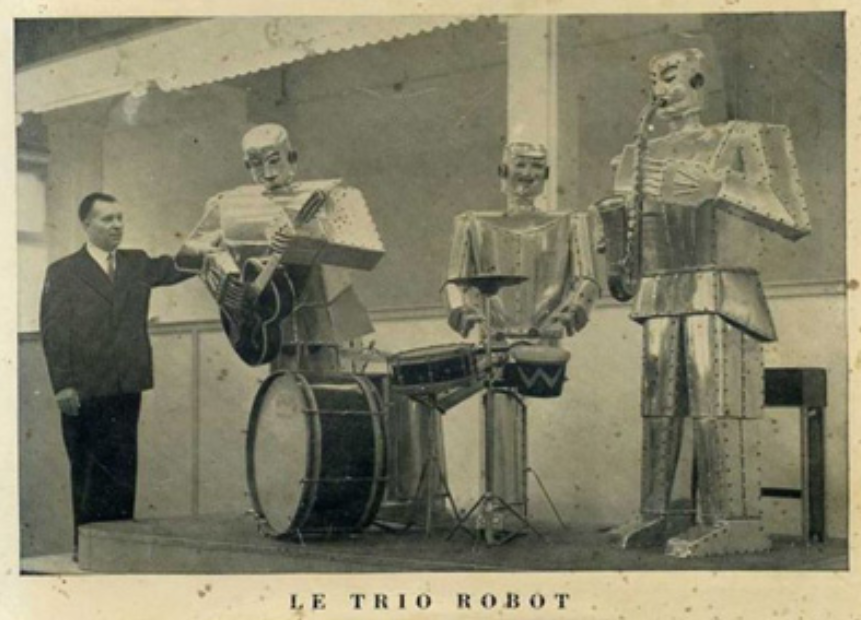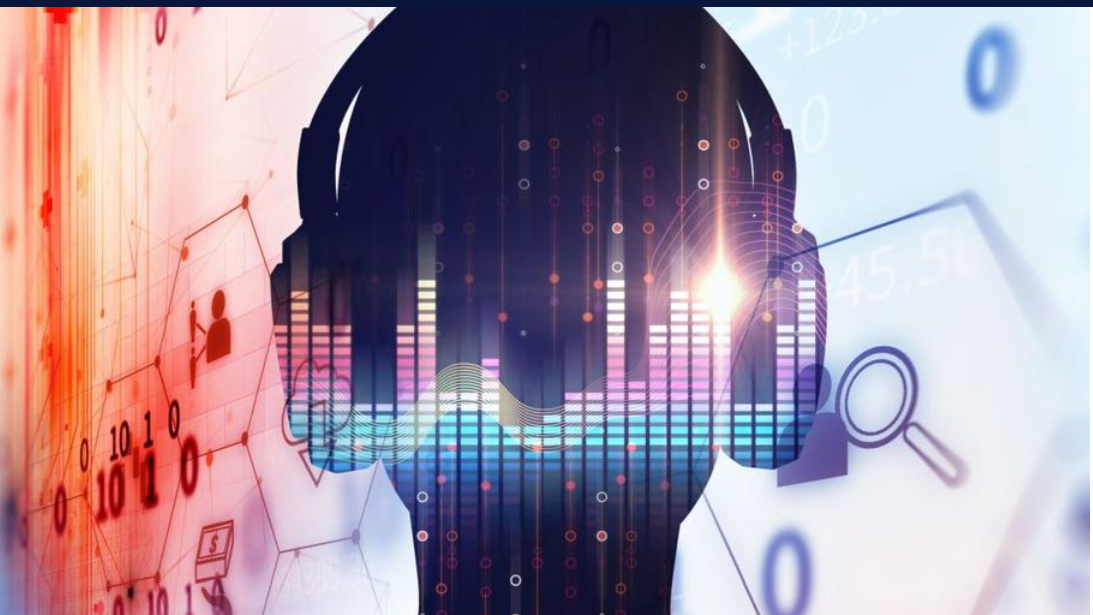Introduction
Ever wondered how Spotify predicts your music taste or how TikTok knows exactly what beat will go viral? It’s not magic—it’s machine learning algorithms for music analysis at work.
From genre classification and emotion tagging to beat detection and audio fingerprinting, machine learning is redefining how we understand and interact with music.
In this post, we’ll dive deep into the types of ML algorithms used for music analysis, real-world applications, and how musicians, labels, and developers are using them to gain powerful insights into sound.
What Is Music Analysis with Machine Learning?
Music analysis refers to the extraction of meaningful information from audio or symbolic music data—like tempo, genre, mood, key, rhythm, and harmonic structure. When combined with machine learning (ML), this process becomes scalable, intelligent, and increasingly accurate.
ML models are trained on massive datasets of labeled music and learn to:
Classify genre or instrument types
Detect tempo, pitch, and chord changes
Identify emotional tone (happy, sad, calm, energetic)
Predict music popularity or listener engagement
Power recommendation systems
?? Fun Fact: Some platforms now detect whether a song is “danceable” or “instrumental” with over 95% accuracy using ML!
Core Machine Learning Algorithms for Music Analysis
Below is a breakdown of the most commonly used ML techniques in music data processing:
?? 1. Convolutional Neural Networks (CNNs)
Use Case: Spectrogram and waveform analysis
Why it works: Captures patterns in frequency and time domains
Applications: Instrument detection, genre classification
?? 2. Recurrent Neural Networks (RNNs) / LSTM
Use Case: Time-series modeling
Why it works: Maintains memory of previous notes or beats
Applications: Chord progression prediction, melody generation
?? 3. Support Vector Machines (SVM)
Use Case: Binary or multi-class classification
Why it works: Effective in smaller feature spaces
Applications: Mood detection, vocal vs instrumental
?? 4. k-Nearest Neighbors (k-NN)
Use Case: Similarity-based recommendation
Why it works: Finds “closest” music matches in a dataset
Applications: Playlist personalization, artist similarity
?? 5. Autoencoders
Use Case: Feature extraction & compression
Why it works: Learns compressed audio representations
Applications: Music generation, anomaly detection
Real-World Applications
?? 1. Streaming Platforms: Spotify, YouTube Music
Use: Audio fingerprinting, mood tagging, skip prediction
Toolkits Used: TensorFlow Audio, Spotify’s Annoy library
?? 2. Record Labels and A&R Teams
Use: Hit song prediction, artist trend analysis
Toolkits Used: scikit-learn, PyTorch, Echo Nest API
?? 3. Artists and Music Producers
Use: Real-time music visualization, AI-assisted mixing
Toolkits Used: Magenta Studio, Sonic Visualiser + ML plugins
Case Study: Hit Prediction with ML at a Major Label
Client: Confidential Major U.S. Record Label
Challenge: Predict which demo submissions had commercial potential
Solution: Built an ensemble model using CNN + Random Forests trained on features like BPM, key, vocal range, and lyrical complexity.
Result:
82% accuracy in predicting top 20 Billboard chart entries
A/B testing showed 40% better discovery rate than human scouts
Benefits of Using Machine Learning in Music Analysis
| ? Benefit | ?? Why It Matters |
|---|---|
| Speed & Scalability | Analyze millions of tracks in minutes |
| Improved Recommendations | Better listener engagement and retention |
| Deep Insight into Sound | Uncover hidden patterns humans miss |
| Real-Time Personalization | Adapt playlists or experiences instantly |
| Creative Exploration | Help artists experiment with sound and structure |
FAQs
Q1: Can machine learning really "understand" music?
A: It doesn't feel music like humans, but it learns patterns, structures, and correlations with impressive accuracy.
Q2: Do I need to code to use ML in music analysis?
A: Not necessarily. Tools like Google’s Magenta, Amper Music, and WavTool offer no-code or low-code environments.
Q3: Is this tech only for big companies?
A: No! Open-source libraries like LibROSA, Essentia, and ML frameworks (TensorFlow, PyTorch) make it accessible to indie devs and musicians.
Q4: Can ML detect emotions in music?
A: Yes. Emotion detection is one of the top ML use cases in music—with models classifying tracks as “happy,” “sad,” “angry,” or “calm” based on audio features.
Future of Music Analysis with Machine Learning
The next frontier? Real-time adaptive music. ML is evolving toward systems that:
Adapt background music to your mood in real-time
Generate setlists based on audience reaction
Detect musical plagiarism with high accuracy
Use multimodal learning (lyrics + sound + visuals) for deeper analysis
Final Thoughts
Machine learning algorithms for music analysis aren’t just tools—they’re creative collaborators and business accelerators. Whether you're building a smart playlist engine, analyzing musical emotion, or generating real-time insights for performers, ML has something powerful to offer.
In 2025 and beyond, understanding ML in music will be as essential as knowing how to play your instrument or mix your tracks. Get started now, and let the algorithms amplify your creativity.








